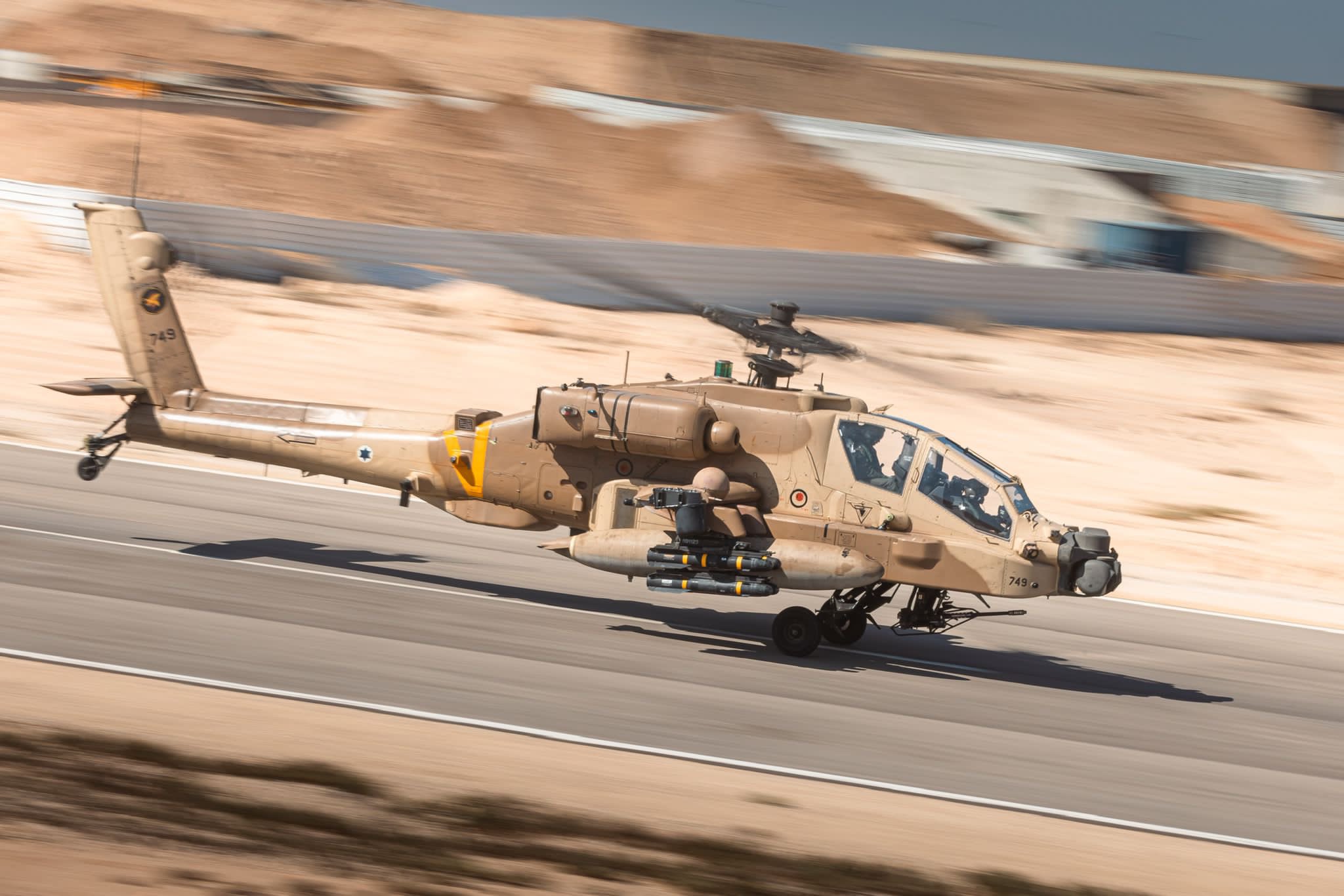The US Army is facing heightened concerns over the safety of its Apache helicopter fleet following four separate crashes in two months.
UK To Install Laser Weapon On Its Type 083 Warship; Can It Thwart Russian Hypersonic Zircon Missile?
The latest incident occurred on the evening of March 27 near Fort Carson, Colo., when an AH-64 Apache helicopter from the 4th Combat Aviation Brigade, 4th Infantry Division, went down during a routine training exercise.
According to Army officials, the two pilots on board sustained minor injuries and were promptly transported to the on-base hospital. Fortunately, they were released the same night after receiving medical attention.
However, the crash has prompted an immediate investigation by a team from the Army Combat Readiness Center at Fort Novosel, Ala. As a precautionary measure, all aviation assets at Fort Carson have been grounded until further notice.
This unfortunate event follows closely on the heels of another Apache crash just two days prior, on March 25, at Joint Base Lewis-McChord, Wash.
In that incident, an AH-64E variant of the 16th Combat Aviation Brigade crashed during a routine training exercise, resulting in injuries to the two pilots on board. Base officials confirmed that the investigation into this crash was also underway.
These latest incidents contribute to a series of accidents involving Army National Guard AH-64D Apaches in February. On February 23, a Mississippi National Guard Apache helicopter tragically crashed, claiming the lives of both pilots.
Just ten days before that, on February 13, a Utah National Guard Apache went down, though both pilots survived the ordeal.
The series of incidents has prompted significant concern within the Army, leading to the grounding of all National Guard helicopter units for a safety review back in February.
The safety of Army aviation assets remains a top priority, particularly as the AH-64 Apache has been a cornerstone of Army operations for over four decades.
As of March 2023, the Army Acquisition Objective (AAO) was 812 helicopters, and over 700 Apaches were assigned to both active-duty units and elements of the Army National Guard, so ensuring the safety and readiness of these aircraft is paramount.
As investigations into the recent crashes continue, the Army is facing pressure to address any underlying issues and implement necessary measures to prevent further accidents.
The Apache’s legacy stretches back to its initial delivery in 1984. Maintaining the safety and effectiveness of this vital aircraft remains imperative for military operations worldwide.
A Cause For Concern For India?
The series of incidents involving Apache helicopters could emerge as a key concern for users worldwide. India also maintains a fleet of Apache helicopters, with the Indian Air Force presently utilizing 22 of them across both the eastern and western fronts.
Additionally, the Indian Army has ordered six AH-64Es, which will be adorned in desert camouflage. The initial batch is set to join the fleet by May of this year.
The service has recently raised its first squadron of Apache attack helicopters in Jodhpur, Rajasthan, to bolster ground operations along the Pakistan border.
When questioned about potential challenges India might face in operating the Apache helicopter fleet in light of recent incidents, Brazil-based Defense Expert Patricia Marins told the EurAsian Times that it is evident India may encounter difficulties, given that the problem might extend to every Apache and potentially affect other helicopters with similar cockpit components.
In the past, the US-manufactured Apache attack helicopter has encountered technical issues. Last year, for example, there was a reported increase in failures of electrical power generators on AH-64s, which could lead to potentially dangerous smoke accumulation in the cockpit.

The Army acknowledged these issues and stated that a long-term solution was being investigated, with engineering efforts set to begin once funding was secured. In the meantime, interim measures, such as modifying the generators to automatically shut down in case of a fault, had been implemented.
Marins further noted the irony of the situation, highlighting vibration issues previously observed with the Russian Ka-52, possibly stemming from stress on its coaxial engines. While these vibrations may seem like a minor concern in the grand scheme of things, they nonetheless pose operational challenges.
Meanwhile, in the US Army’s comprehensive five-year safety review conducted in 2020, it was revealed that Apaches accounted for more than a quarter of the total rotary-wing mishaps within the period under scrutiny.
From 2016 to 2020, these combat helicopters were implicated in a total of 77 incidents, resulting in considerable damage amounting to $384.5 million and, tragically, leading to the loss of 12 lives.
The report delved further into the causes behind these mishaps, pinpointing human error as the predominant factor in a staggering 87% of class-A incidents.
Class-A mishaps are the most severe, involving either the destruction of the aircraft, substantial financial losses exceeding $2 million, or the occurrence of fatalities or permanent total disabilities among those aboard.
- Contact the author at ashishmichel(at)gmail.com
- Follow EurAsian Times on Google News




